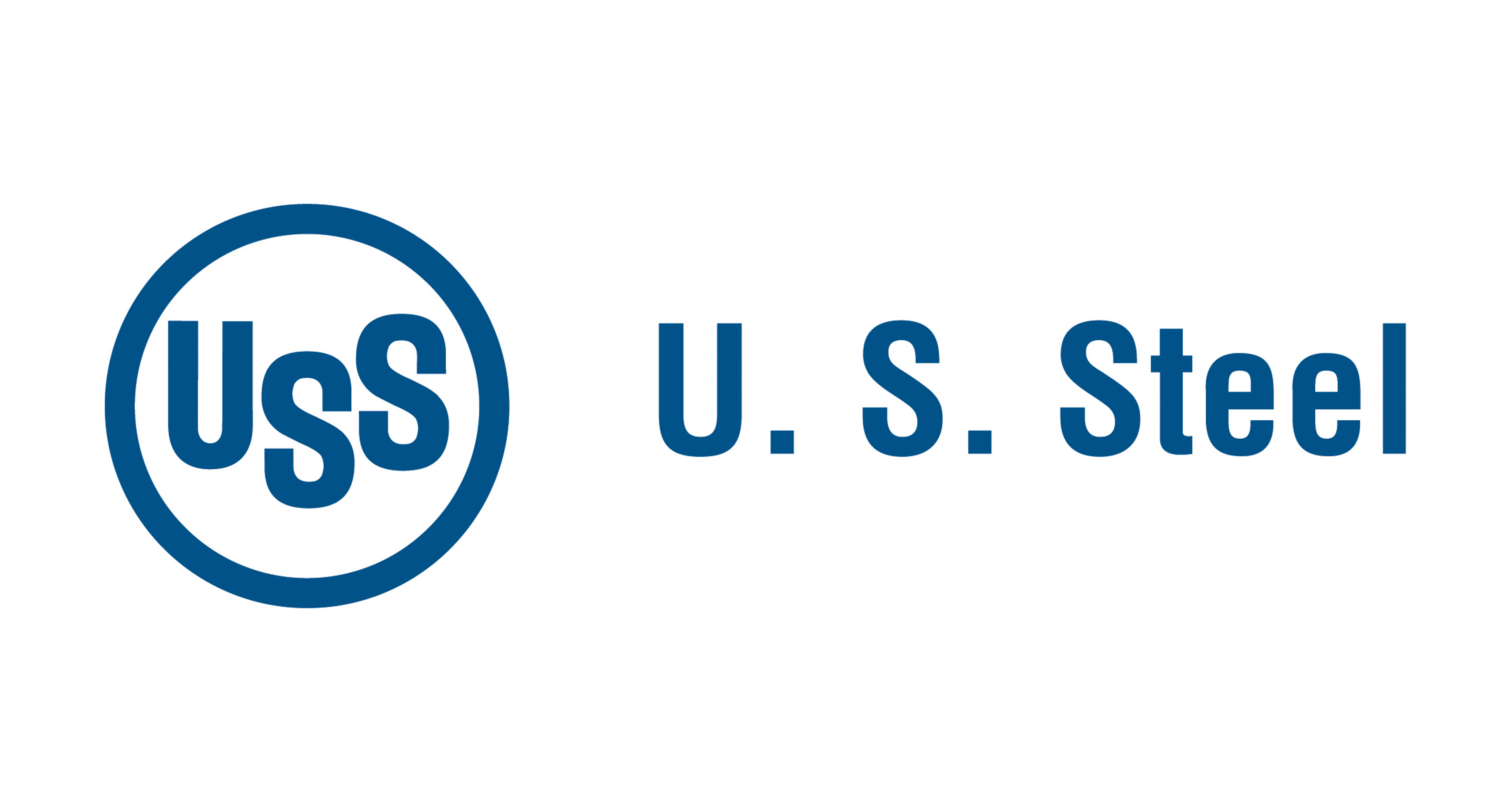Government/Policy

December 20, 2018
AISI Stands Behind Tariffs as Court Begins Deliberations
Written by Tim Triplett
On Wednesday in New York, a three-judge panel on the U.S. Court of International Trade began deliberating a case that will examine the constitutionality of the Section 232 tariffs imposed by President Trump on imports of steel and aluminum in the name of national security. Opponents argue that such tariffs should be subject to congressional review and that the constitution prohibits Congress from delegating its legislative powers to the president.
For the American Iron and Steel Institute, which is a strong supporter of the Trump tariffs, the proper outcome of the case is clear. “We continue to strongly believe this case is without merit and the effort by importers of foreign steel to undermine the Section 232 relief through this case is bound to fail,” said AISI President and CEO Thomas J. Gibson. “Congress acted within its constitutional authority when it authorized the president to take action to adjust imports, when the Secretary of Commerce has determined that such imports threaten to impair the national security.”
AISI, in conjunction with the Steel Manufacturers Association, in September submitted an amicus brief in the lawsuit. The AISI-SMA submission contends “there is binding Supreme Court precedent (Federal Energy Administration v. Algonquin SNG) which establishes that Congress acted within its constitutional authority when it authorized the president to take action to adjust imports, based on the Secretary of Commerce’s determination. The statute sets forth an intelligible principle for the president to follow in carrying out the policy set by Congress.”
The outcome of the case could affect the administration’s plans to extend the tariffs to other imports, such as automobiles and auto parts, which it argues also threaten national security by eroding the nation’s industrial base.







